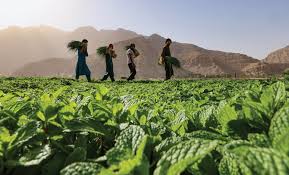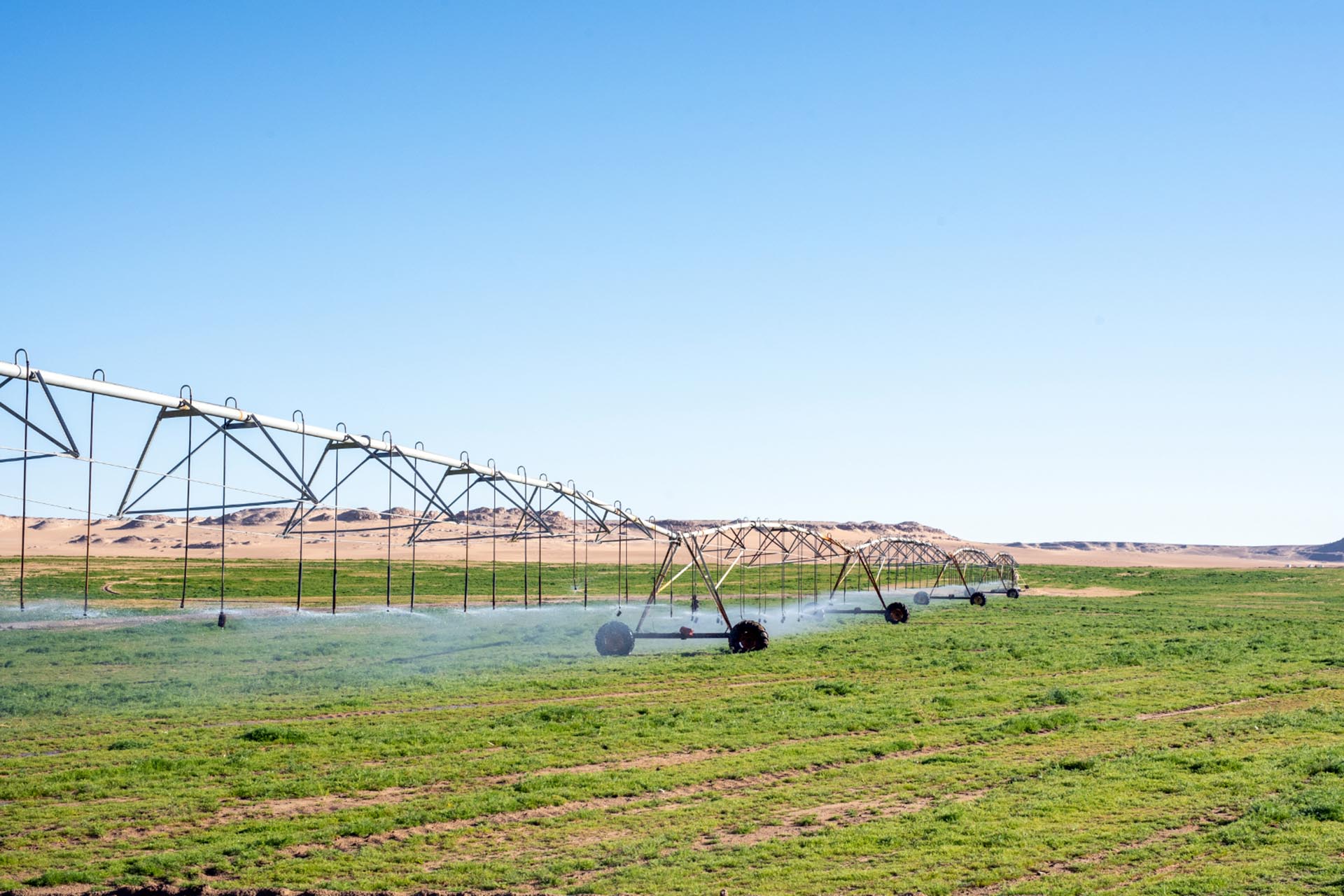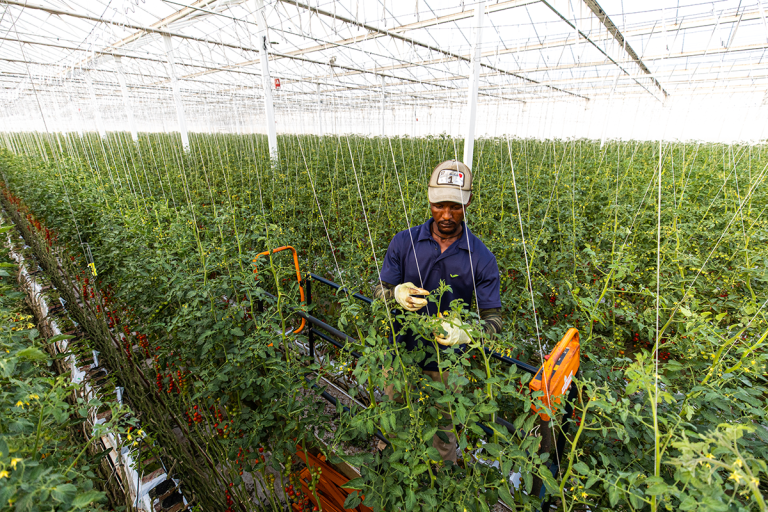By Omar Gouda
The AgriTech sector is reimagining the shape of agriculture and food security in the MENA region. From AI-powered irrigation systems in Egypt to vertical farms in the UAE, the sector is proving that technology can make the desert bloom—and that food security can be built, not imported.
What began as a response to water scarcity and rising food prices has quickly evolved into a blooming sector attracting millions in investment. The region is now positioning itself not just as a survivor of climate pressure, but as a global testbed for sustainable desert agriculture.
What Is AgriTech—and Why Now?

AgriTech refers to the application of advanced technology, including AI, data analytics, smart irrigation, IoT devices, hydroponics, and vertical farming, to improve agricultural efficiency and sustainability. The technologies can serve as survival strategies in regions like MENA, which face climate change, water scarcity, and population growth.
The region suffers from acute water scarcity; agriculture alone consumes about 80% of freshwater, while up to half of its food is imported. Growing urbanization, rising prices, and climate stress are driving a shift toward local, tech-driven farming solutions.
Egypt’s AgriTech Awakening

Egypt is among the countries spearheading the AgriTech boom in the region. Agriculture accounts for about 12% of the country’s GDP and employs nearly a third of the population. Yet traditional farming methods are under strain as groundwater levels drop, water scarcity worsens, and arable land becomes harder to maintain.
Mozare3, founded in 2020, connects small farmers directly with institutional buyers, offering digital offtake agreements, financing, and access to inputs. The startup raised more than $1 million in a pre-seed round and is now scaling its network across Egypt.
AgriCash, another Egyptian innovator, is reimagining agricultural finance. Its Buy Now, Pay Later model gives farmers interest-free credit to purchase supplies, while its AI-powered app provides crop insurance and advisory services. With 1.5k registered farmers, 750 listed products, and 60 certified suppliers, AgriCash has already reached over 100k farmers through training sessions.
Large-scale projects are also appearing on the radar. In Minya, Savola, Egypt, working with Austrian irrigation company Komet, is transforming 10k feddans (about 4.2k hectares) of desert into fertile farmland using precision irrigation systems.
At the industrial level, Elsewedy Watanya manufactures more than 2.4k pivot irrigation systems annually, ensuring that the country doesn’t rely solely on imported equipment.
Egypt’s vertical farming market is also taking off. Valued at $ 36.5 million in 2024, it’s projected to reach nearly $ 98 million by 2031.
Across the Region
In the Gulf, where arable land is scarce and temperatures routinely top 45°C, vertical farming is helping make the case for the sector.
Projects like Emirates Crop One and Badia Farms use hydroponics and controlled environments to produce leafy greens year-round with 95% less water than conventional farming. These facilities are powered by renewable energy and designed for zero waste.
Startups such as Crysp Farms are building modular vertical farms inside hotels, restaurants, and hospitals, cutting the supply chain from thousands of kilometers to a few meters.
Another regional player, Saudi Arabia’s Red Sea Farms, is pioneering systems that use saltwater instead of freshwater, along with solar-powered cooling and AI management. The company has raised over $18 million to scale its salt-tolerant farming technology globally.
A Rising Sector
Globally, the AgriTech industry is forecast to grow from $32.8 billion in 2025 to $63.8 billion by 2030. The Saudi market alone is projected to reach $628 million by 2033, driven by investments in IoT, smart irrigation, and vertical farms.
There Are Challenges
Building vertical farms and controlled-environment greenhouses is capital-intensive, with steep infrastructure, cooling, lighting (especially LEDs), and desalination costs that are particularly burdensome in hot, arid climates. There is also a skills gap: many farmers lack the technical know-how to manage IoT systems, operate climate control, or interpret complex data.
The Road Ahead
Governments in MENA are prioritizing food security, and private investors are betting on climate-tech, positioning the MENA region as a global hub for the rising sector. Analysts expect deeper integration of AI, IoT, and renewable energy across regional farms in the coming years.
Locally manufactured systems like Elsewedy’s pivots in Egypt and lines in Morocco will make technologies more affordable, while startups will continue bridging the gap between smallholder farmers and global markets.
From IoT-equipped fields in Cairo to vertical farming towers in Dubai, AgriTech in MENA is proving innovation can thrive even under harsh climates.
WE ALSO SAID: Don’t Miss…How Cloud Kitchens Are Taking Over MENA’s Food Scene



